Home>Ideas and Tips>Indoor Parlor Palm Care: Chamaedorea Elegans Growing Guide
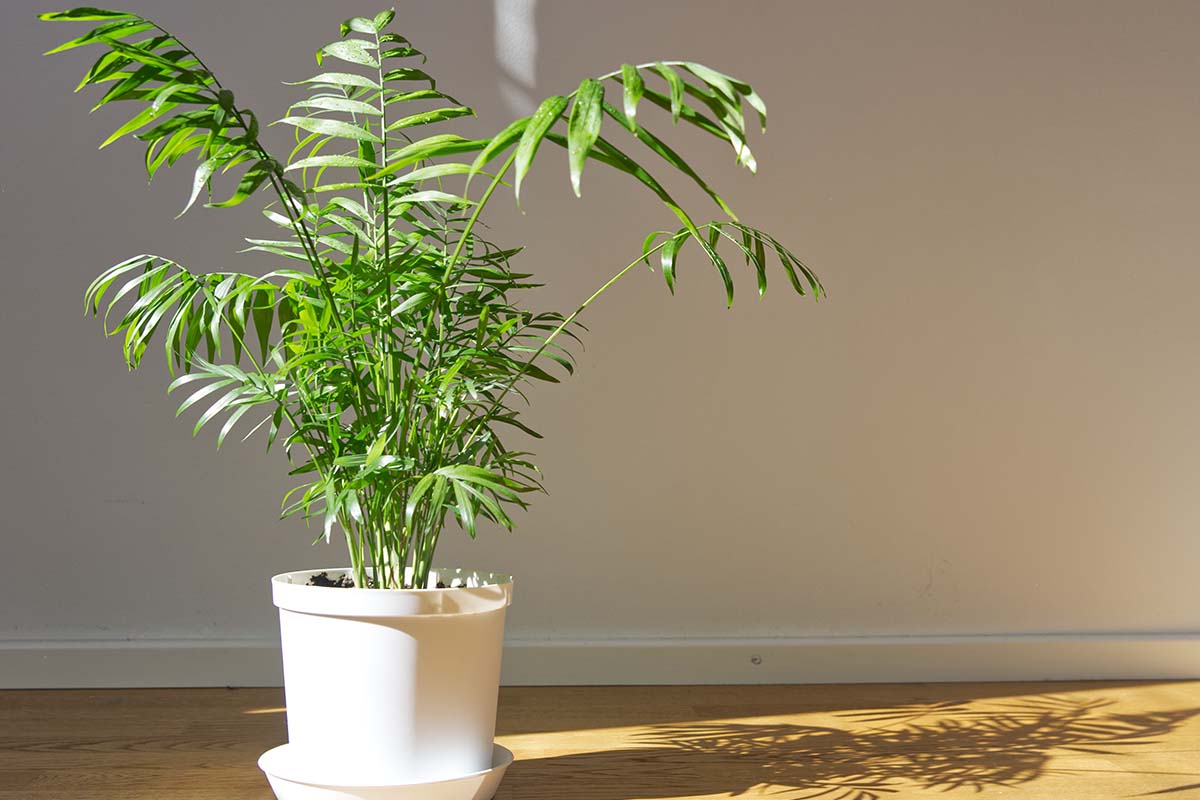

Ideas and Tips
Indoor Parlor Palm Care: Chamaedorea Elegans Growing Guide
Published: September 25, 2024
Learn how to care for your Parlor Palm (Chamaedorea Elegans) with our comprehensive guide on lighting, watering, soil, and more for thriving indoor growth.
(Many of the links in this article redirect to a specific reviewed product. Your purchase of these products through affiliate links helps to generate commission for Storables.com, at no extra cost. Learn more)
The Parlor Palm, scientifically known as Chamaedorea elegans, is one of the most popular and versatile houseplants available. Native to the rainforests of Central America, this palm has been a favorite among plant enthusiasts for centuries, particularly since the Victorian era. Its elegant, feathery fronds and ability to thrive in a variety of indoor conditions make it an ideal choice for both beginners and seasoned gardeners. In this comprehensive guide, we will delve into the specific care requirements and growing tips for your indoor Parlor Palm.
Introduction to Chamaedorea Elegans
Chamaedorea elegans, commonly referred to as the Parlor Palm or Neanthe Bella Palm, belongs to the Arecaceae family. This palm is known for its attractive, deep green foliage and its ability to grow in a variety of lighting conditions, making it a perfect addition to any indoor space. The Parlor Palm can reach heights of up to 6 feet (1.8 meters) and is often grown in clumps that resemble bamboo-like shrubs.
Origin and History
The Parlor Palm originates from the dense rainforests of Guatemala and southern Mexico. These regions provide a consistently warm and humid environment that the palm thrives in. The plant has been cultivated since Victorian times and has remained popular due to its ease of care and adaptability to indoor conditions.
Benefits of Growing a Parlor Palm
-
Air Purification: Parlor Palms are known to purify the air by removing indoor pollutants, making them a great addition to any home or office space.
-
Low Maintenance: This palm is relatively low maintenance, requiring minimal care and attention.
-
Pet-Friendly: Unlike many other houseplants, Parlor Palms are non-toxic to cats and dogs, making them a safe choice for pet owners.
-
Aesthetic Appeal: The elegant fronds of the Parlor Palm add a touch of tropical elegance to any room, creating a beautiful and inviting atmosphere.
Lighting Requirements
Lighting is one of the most critical factors in the care of your Parlor Palm. While it can tolerate low light conditions, it thrives best in medium to bright indirect light.
Bright Indirect Light
For optimal growth and health, place your Parlor Palm in a location that receives bright, indirect light. This can be achieved by placing it near an east- or west-facing window or using sheer curtains to filter direct sunlight. Bright indirect light promotes strong growth and helps maintain the vibrant green color of the fronds.
Low Light Tolerance
If you have limited natural light in your home, don't worry The Parlor Palm can still thrive in low light conditions. However, it may not grow as vigorously as it would in brighter light. To ensure your palm stays healthy, make sure it's not placed in a spot with intense direct sunlight, as this can cause scorching of the leaves.
Using Light Meters
If you're unsure about the lighting conditions in your home, consider using a light meter. This tool will help you measure the intensity of light in different areas, ensuring you find the perfect spot for your Parlor Palm.
Watering Tips
Watering is another crucial aspect of caring for your Parlor Palm. Overwatering is the most common mistake that can lead to root rot and other issues, so it's essential to get this right.
Watering Frequency
Water your Parlor Palm every 1-2 weeks, allowing the soil to dry out slightly between waterings. The frequency may vary depending on the humidity and light levels in your home. For example, if you place your palm in a brighter location, you might need to water more frequently.
Signs of Overwatering
- Yellow Leaves: If the leaves turn yellow, it's often a sign that the plant is overwatered.
- Brown Tips: Brown tips on the leaves can also indicate that the plant is too wet.
- Root Rot: Overwatering can cause root rot, which is a serious issue that can kill the plant.
Signs of Underwatering
- Dry Leaf Margins: If the leaf margins become dry and crispy, it's likely that the plant needs more water.
- Wilted Leaves: Wilted or droopy leaves can also indicate that the plant needs more moisture.
Soil Requirements
The right soil mix is essential for the health and well-being of your Parlor Palm. It requires a well-draining soil to prevent waterlogging and root rot.
Soil Composition
A mix of peat, sand, and perlite works best for Parlor Palms. This combination provides the necessary nutrients while allowing excess water to drain away. Adding a bit of compost to the soil mix can also improve its structure and provide organic nutrients.
Repotting
Parlor Palms typically need to be repotted every 2-3 years as their roots grow. When repotting, choose a pot that has drainage holes to ensure that water doesn't accumulate at the bottom. This will help prevent root rot and keep your palm healthy.
Temperature and Humidity
Temperature and humidity are also important factors in caring for your Parlor Palm.
Temperature
Parlor Palms prefer room temperatures between 65°F (18°C) and 75°F (24°C). They can tolerate temperatures up to 85°F (29°C) but should be kept away from cold drafts near windows, vents, and outside doors.
Humidity
The Parlor Palm thrives in normal to higher humidity levels. If your palm begins to develop dry leaf margins or brown tips, it's most likely caused by cold drafts or prolonged dry periods. To remedy this situation, raise the humidity levels by placing the plant on a tray filled with water and pebbles or using a humidifier.
Fertilizer
Parlor Palms are light feeders and require minimal fertilization. Fertilize your palm twice during the growing season with a weak solution of liquid fertilizer. Avoid fertilizing during the winter months when the plant is dormant.
Pruning
Pruning is not necessary for Parlor Palms as they grow very slowly. However, if the plant is producing yellow or diseased leaves, they should be removed to maintain its appearance and prevent the spread of disease.
Propagation
Parlor Palms are typically propagated from seed by professional growers. However, division can be attempted on a healthy, mature plant. This process involves carefully separating the clump into two smaller clumps while ensuring both the parent and division suffer minimal stress.
Common Problems and Solutions
Despite its ease of care, the Parlor Palm can still encounter some common issues.
Overwatering
Overwatering is the most common problem associated with Parlor Palms. Signs include yellow leaves, brown tips, and root rot. To prevent this, ensure the soil dries out slightly between waterings.
Underwatering
Underwatering can cause dry leaf margins and wilted leaves. Increase watering frequency if you notice these symptoms.
Pests
Parlor Palms are susceptible to pests like scale, aphids, mealy bugs, and whitefly. Treat these issues with insecticidal soap or organic insecticides.
Diseases
Overwatering can lead to diseases such as fungal leaf spot. Prevent this by ensuring good air circulation around the plant and avoiding waterlogged soil.
Conclusion
Growing a Parlor Palm is an excellent choice for anyone looking to add some tropical elegance to their home or office space. With its ability to thrive in various lighting conditions and minimal care requirements, it's no wonder this palm has remained popular for centuries. By following the guidelines outlined in this guide—paying attention to lighting, watering, soil composition, temperature, humidity, fertilization, pruning, propagation—you'll be well on your way to enjoying the beauty of your Parlor Palm for many years to come.
Whether you're a seasoned gardener or just starting out with indoor plants, the Parlor Palm offers an attractive and low-maintenance option that can bring joy and freshness into any room. So go ahead—bring home a Parlor Palm today and experience the simplicity and beauty of tropical gardening indoors
Was this page helpful?
At Storables.com, we guarantee accurate and reliable information. Our content, validated by Expert Board Contributors, is crafted following stringent Editorial Policies. We're committed to providing you with well-researched, expert-backed insights for all your informational needs.
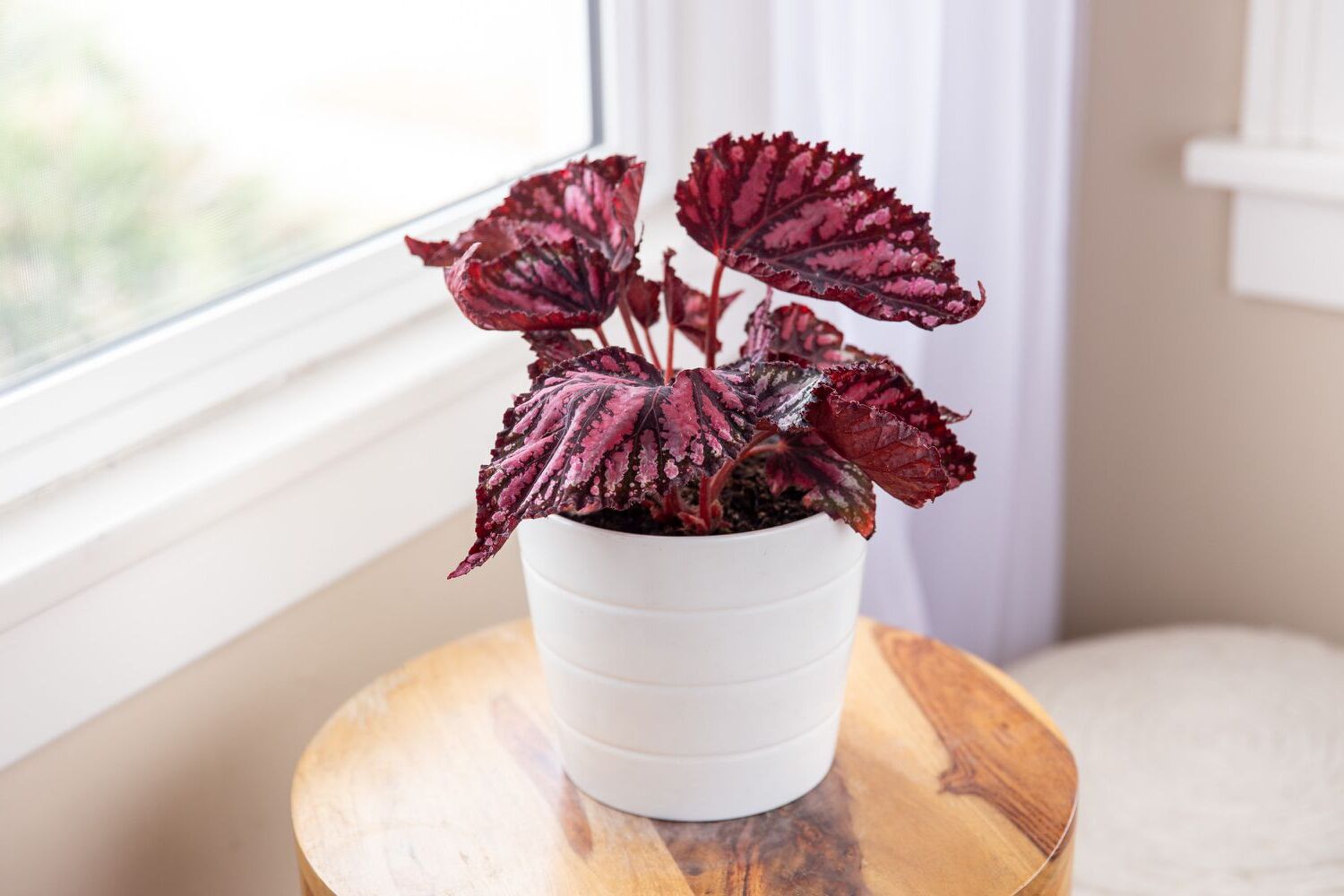
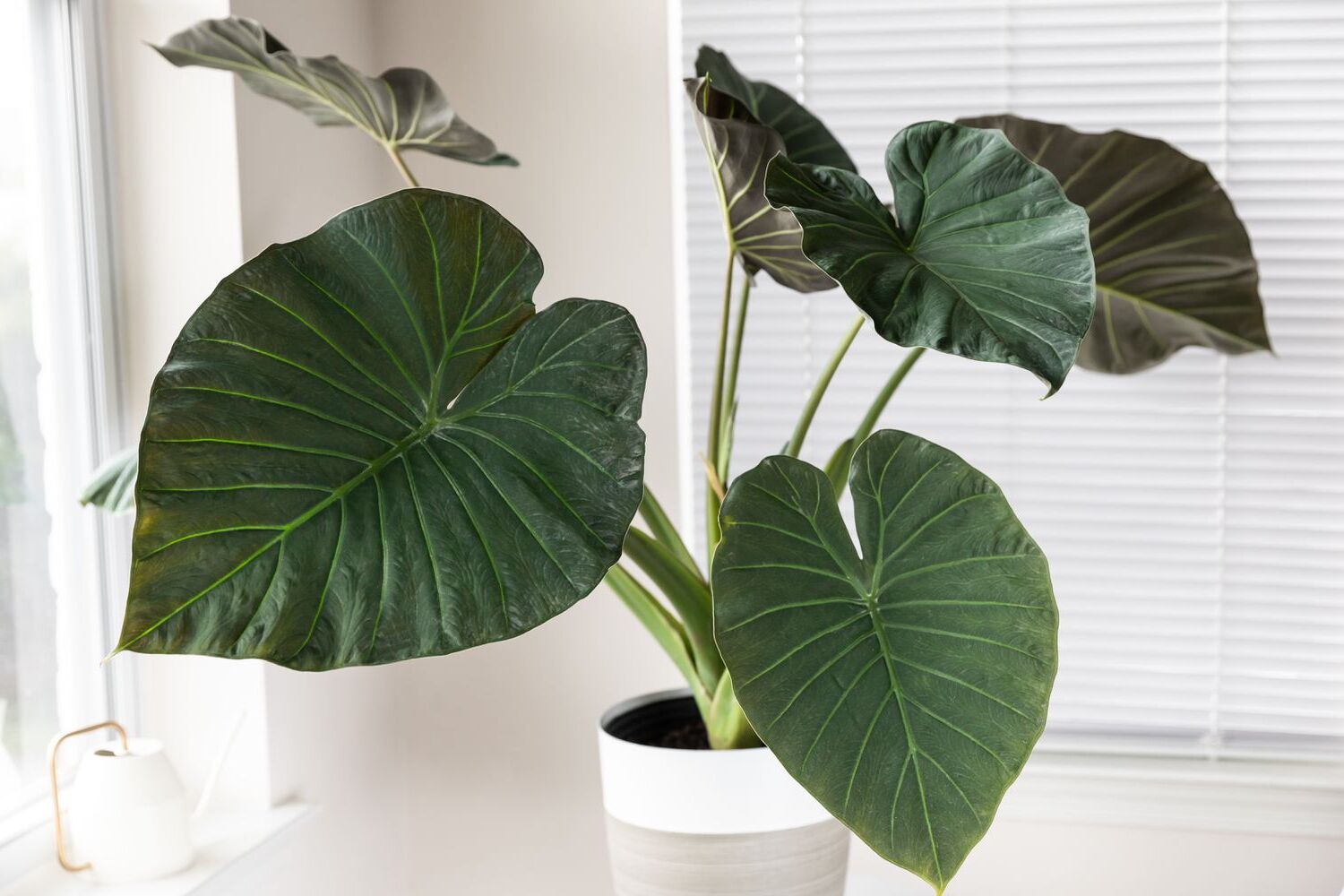
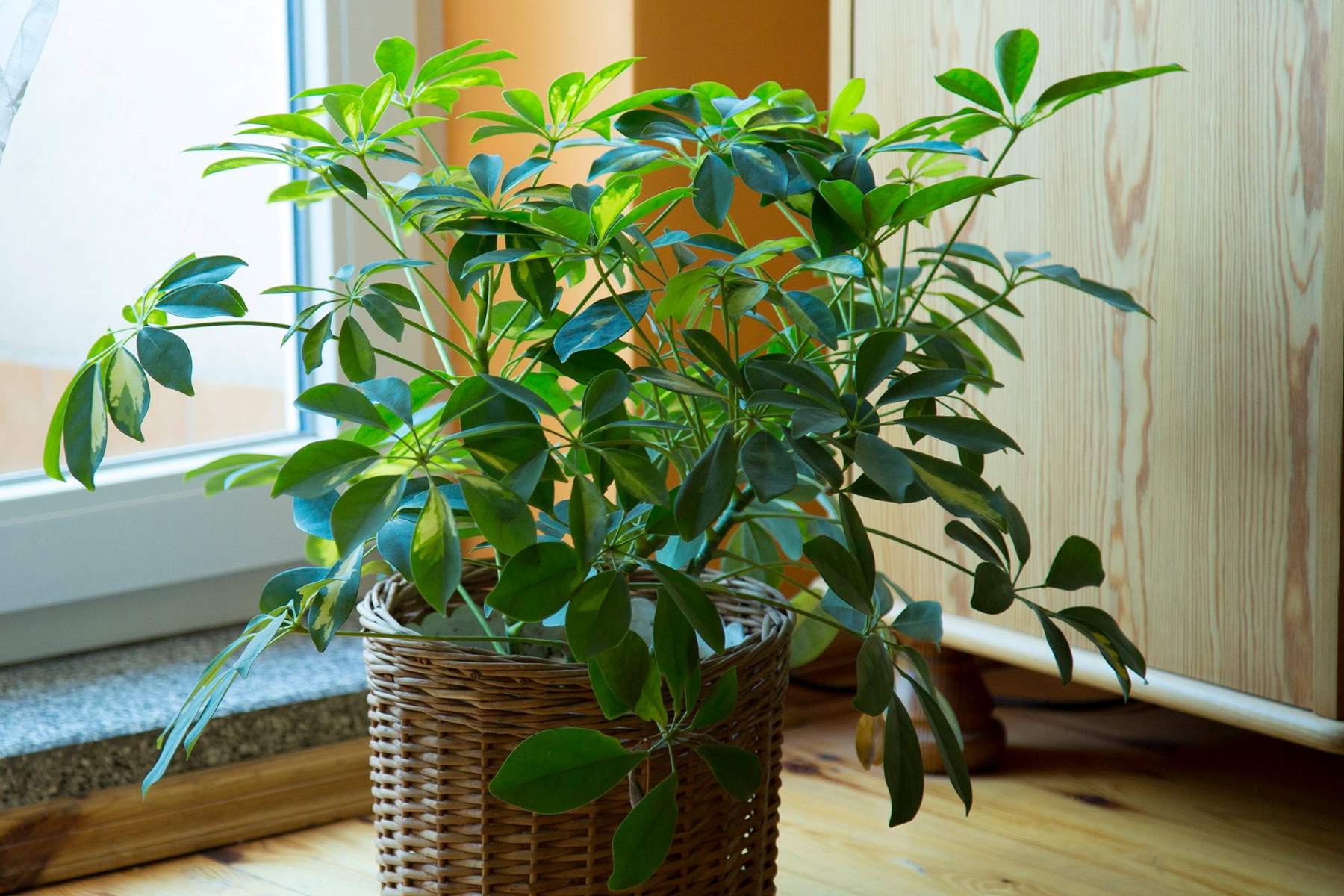
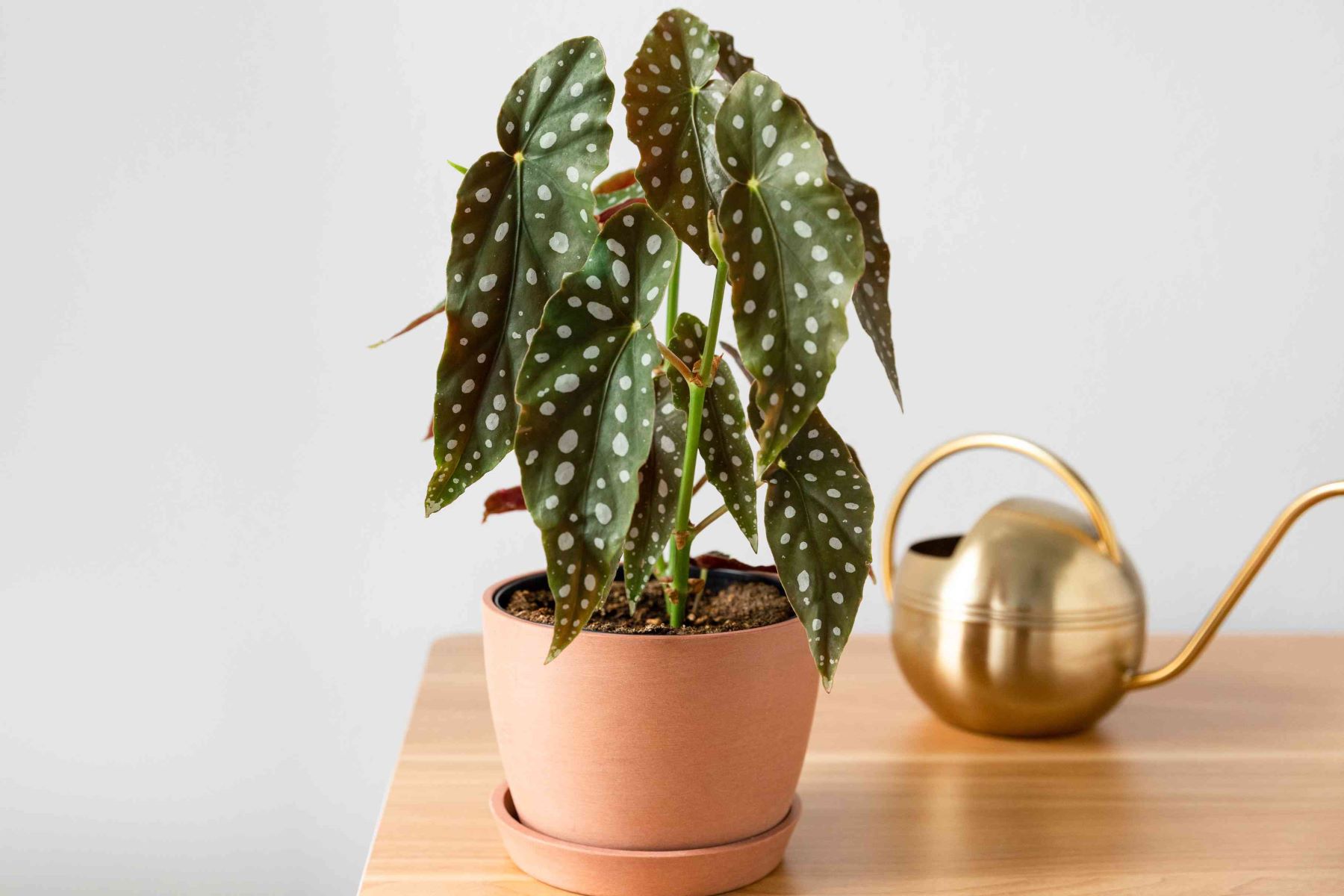
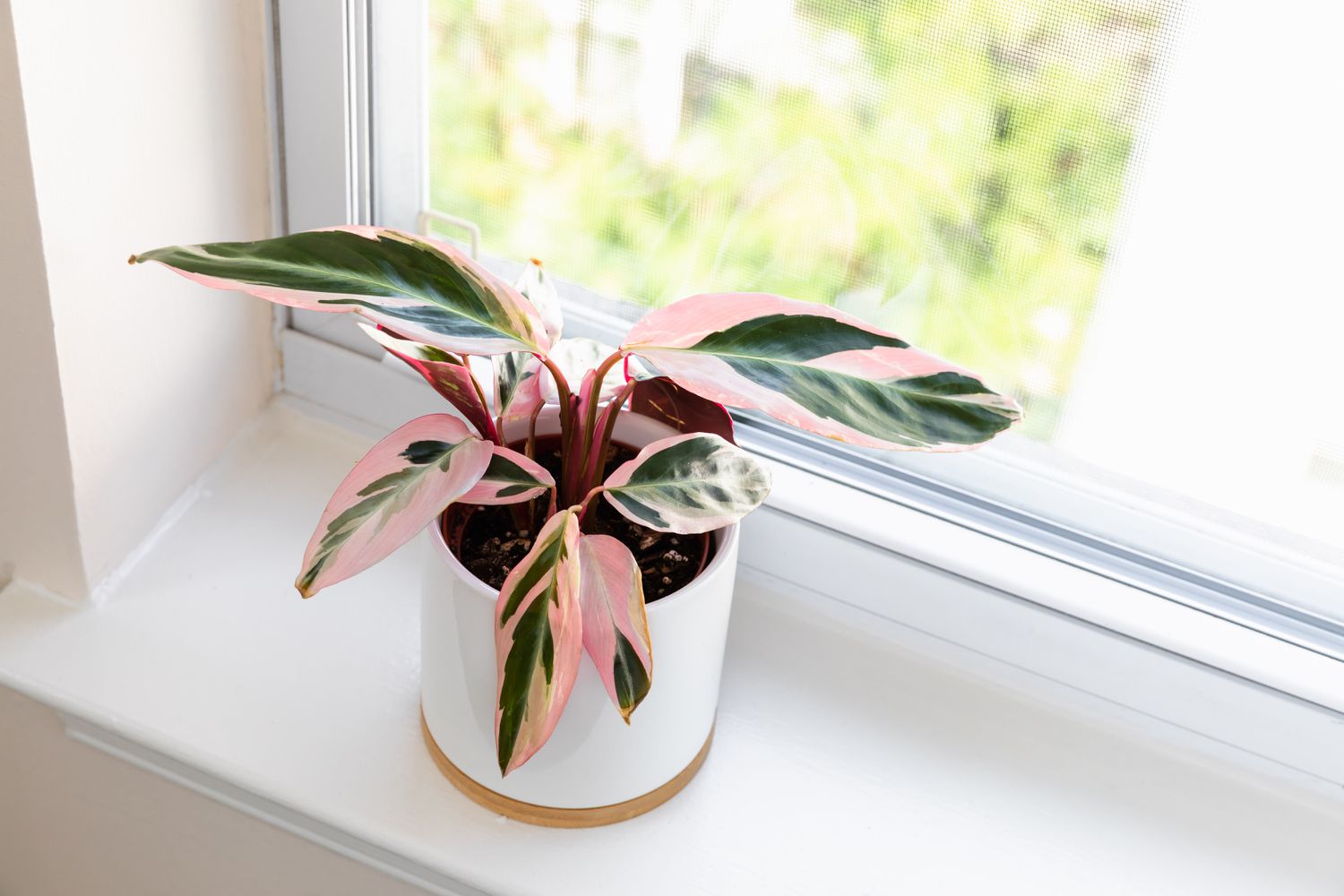
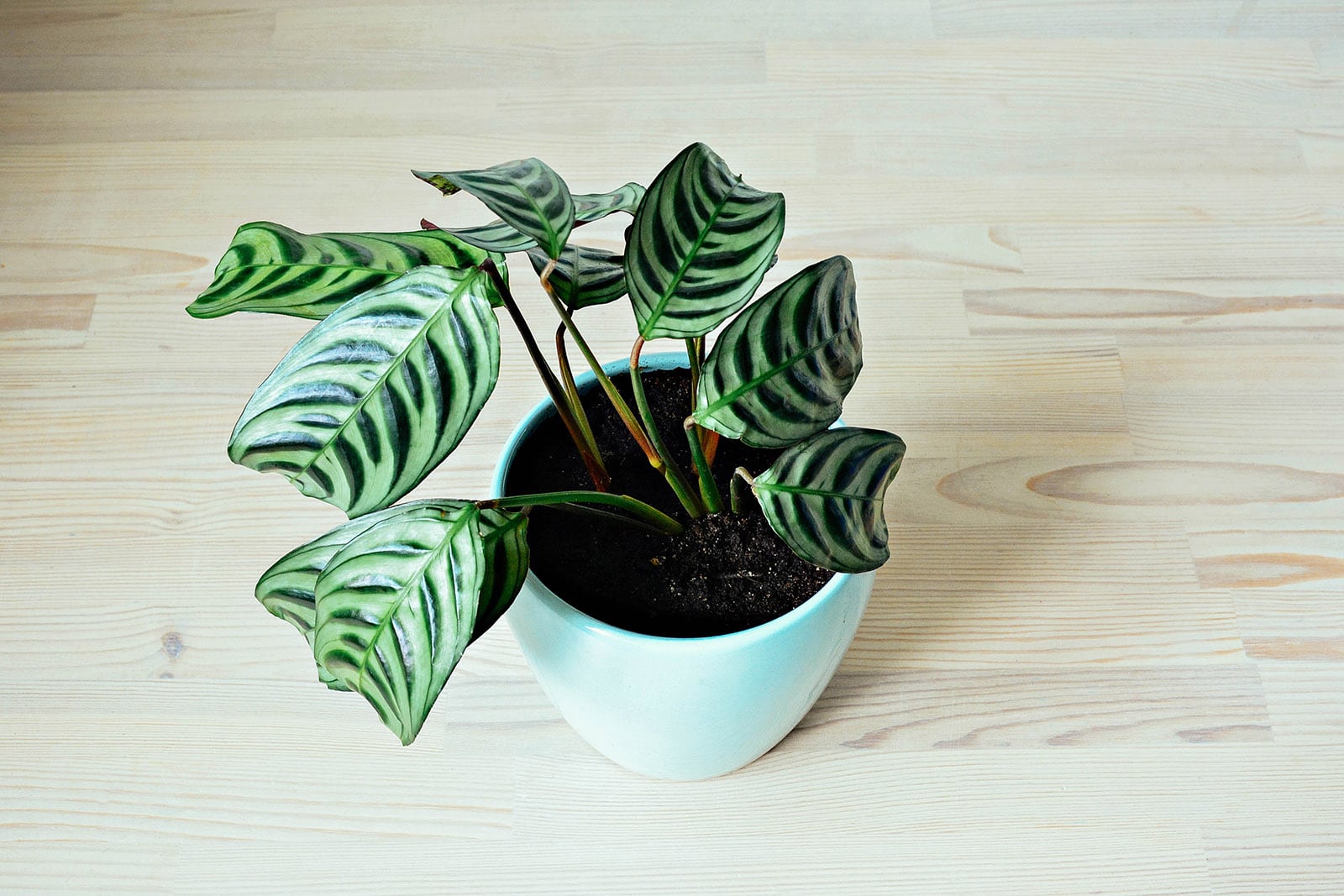
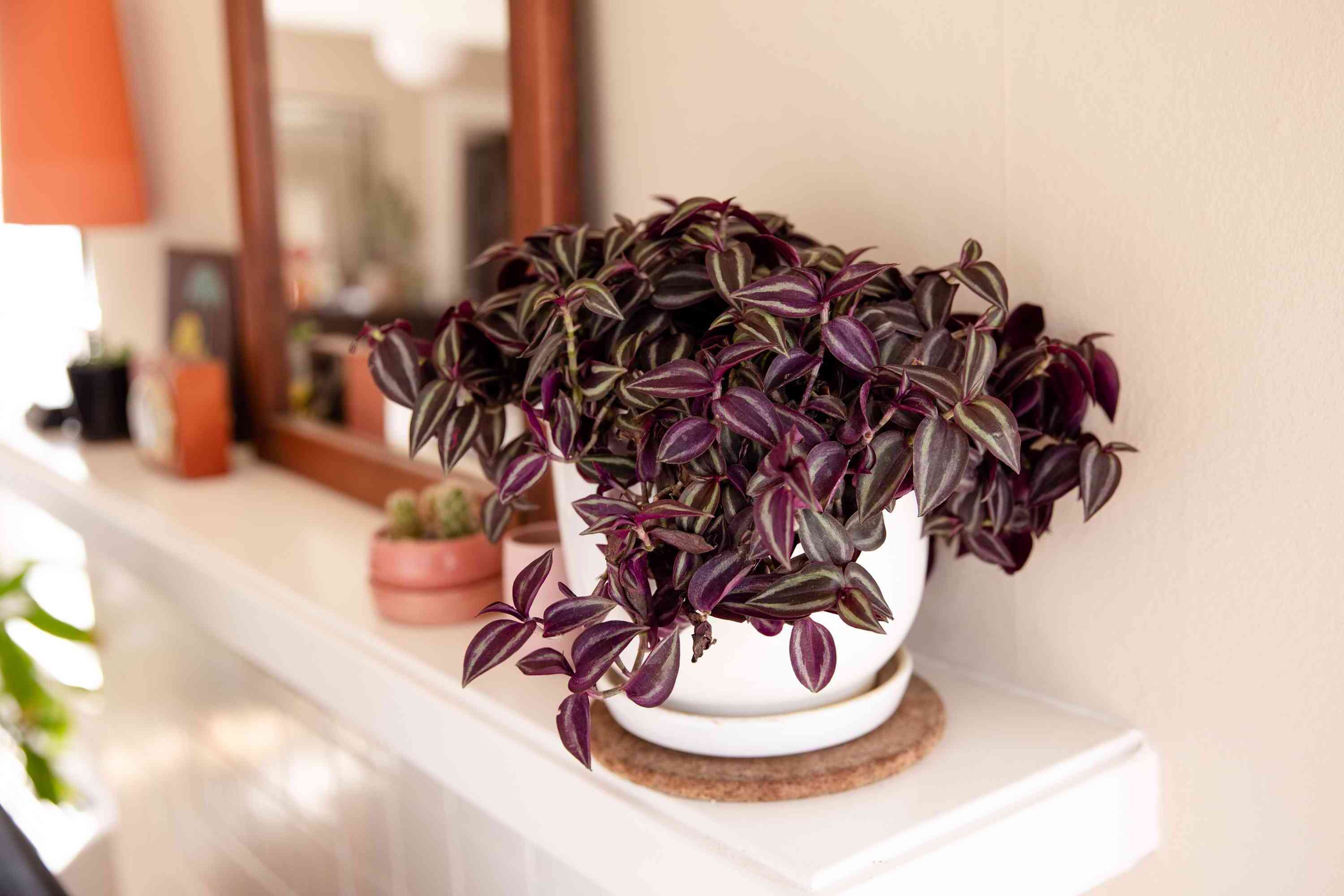
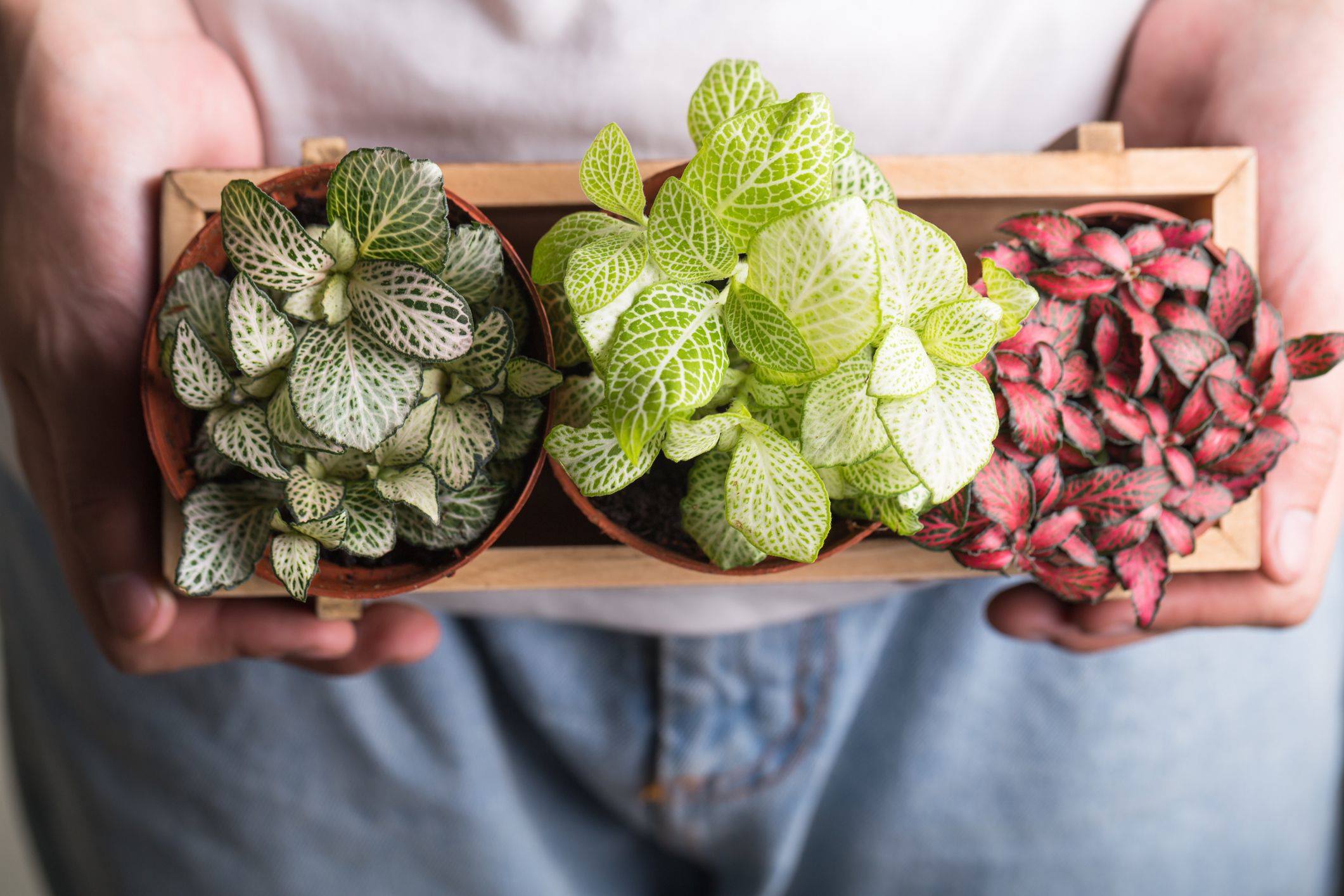


0 thoughts on “Indoor Parlor Palm Care: Chamaedorea Elegans Growing Guide”